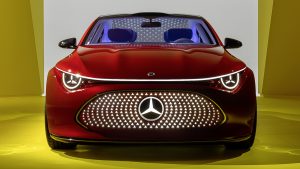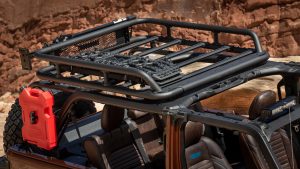In the 1980s, Merkur XR4Ti and Scorpio were created as an easy solution to fight European cars in the US. It definitely did not work out
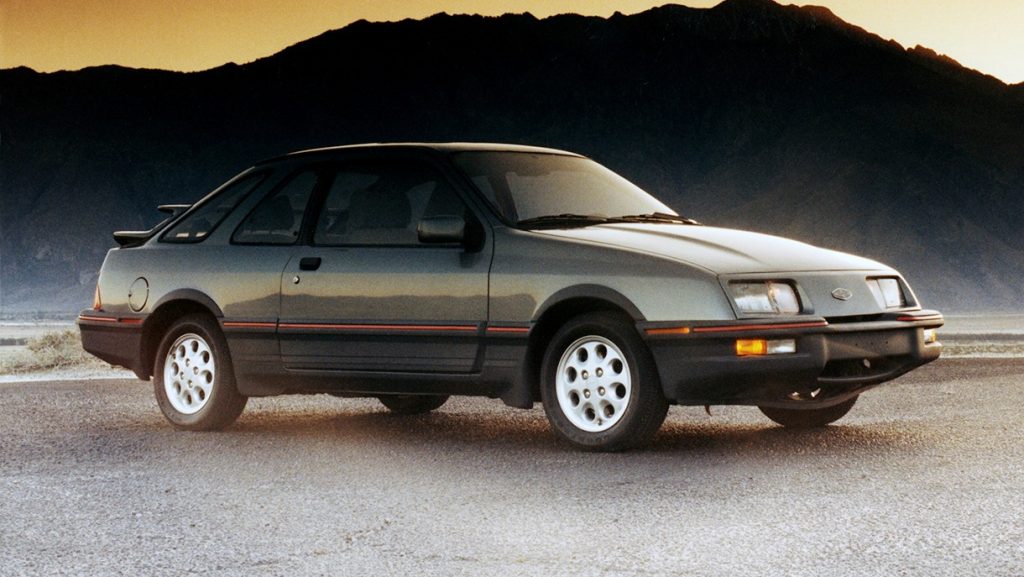
Captive imports were all the rage in the USA from the 1970s to the 2000s. While you can get a more detailed discussion of the topic here, it basically consists of seizing the opportunity. Big automakers used to work with a strong geographic segregation. The action of importing a car from one branch to another implied a complex operation. However, when correctly executed, it could also bring interesting benefits.
In the 1980s, North-American drivers were developing an interest in European design. Luxury buyers were moving away from Cadillac, Chrysler and Lincoln. Japanese automakers quickly did their best by founding luxury divisions with European inspiration, such as Acura. The local ones already had their own divisions but were losing money; they could only try new solutions if they were cheap. This is our background.
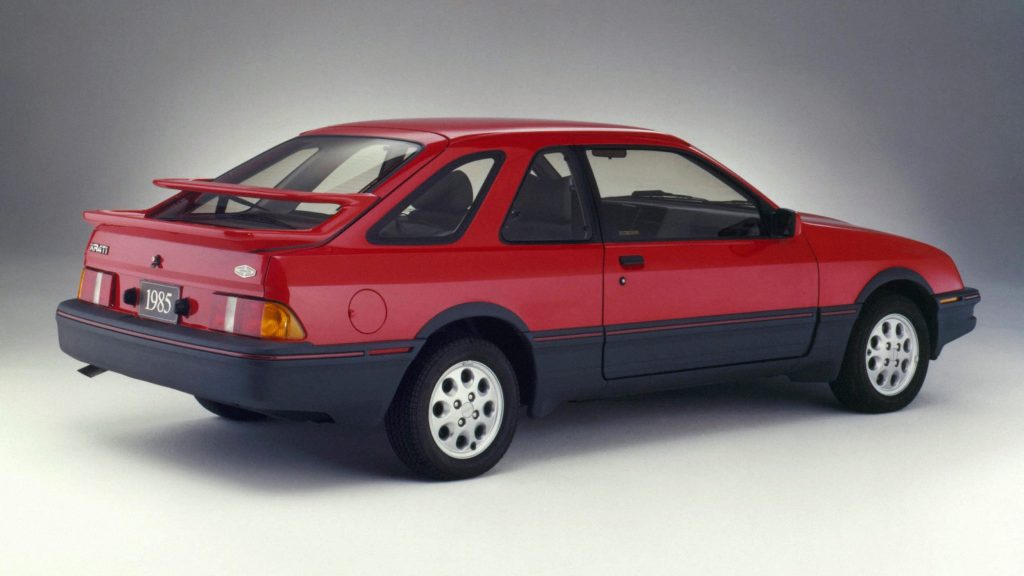
How was Merkur founded?
As this article describes in detail, “on the cheap”. Besides that strong foreign competition, the local Ford was still recovering from the losses in the 1970s. Bringing cars originally designed for European standards was appealing, sure, but also implied a big investment in adaptations. The topics below show that Merkur had only the minimum; Acura, Lexus and Infiniti came to life few years later with much looser budgets.
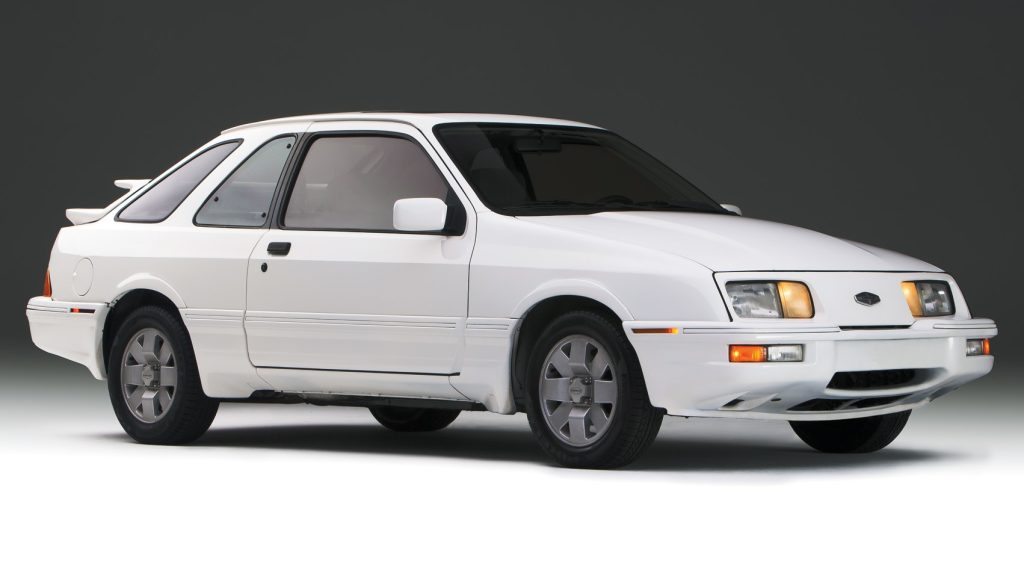
Bob Lutz, president of Ford Europe at the time, pushed for the creation of an exclusive network of Merkur dealerships. That is great for an emerging brand in terms of establishing its market identity, but financial constraints applied once again. Donald Petersen, the company’s CEO, decided to use the Lincoln-Mercury network for the new brand. Around 800 of those stores accepted the challenge and embraced Merkur.
As the advertisements showed, Merkur’s main sales argument was offering cars from Germany. The brand did not depict them as better, in order to avoid causing problems to the local line, but different. The goal was to acknowledge that younger people were looking for new references. BMW was the best one at the time, the Japanese were preparing Acura, Lexus and Infiniti with the same purpose, and Ford wanted in.
Merkur XR4Ti
Since people were tired of the available cars, Merkur offered something new. Ford imported only the Sierra XR4i at first and performed the necessary adaptations. The Merkur XR4Ti got catalytic converters and stronger bumpers, which required slight external changes. Besides, it replaced the 2.8L engine with a turbocharged 2.3L; the latter was already in use locally and, therefore, compliant with emissions rules.
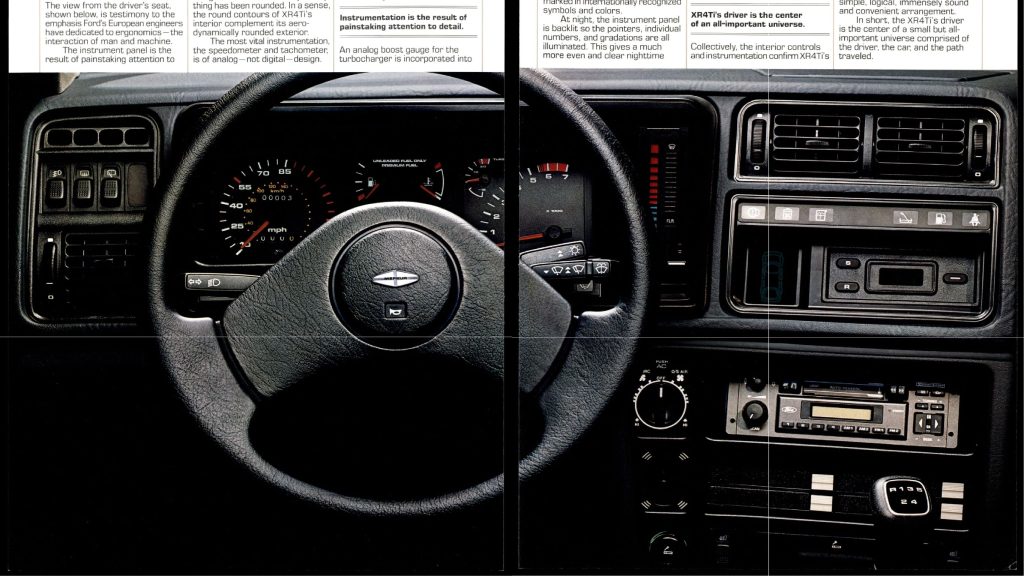
The engine swap brought the “T” to the name; Ford preserved the “i” because both used electronic fuel injection. On the other hand, it suppressed the “Sierra” altogether to avoid confusion with GMC Sierra and Oldsmobile Cutlass Ciera; neither was available in Europe. The German branch outsourced its assembly to Karmann; the projected production volumes were too low to justify adapting the regular Sierra’s line.
Marketing heavily explored the Merkur XR4Ti’s sporty nature. After all, the original project focused on aerodynamic optimization, and the local version offered a turbo engine with a manual gearbox. While the notchback body was not quite a sedan, Merkur worked around that. It portrayed the car as more practical than a coupé and sportier than a sedan. Subtle way to steer clear from both the Mustang and the Sable.
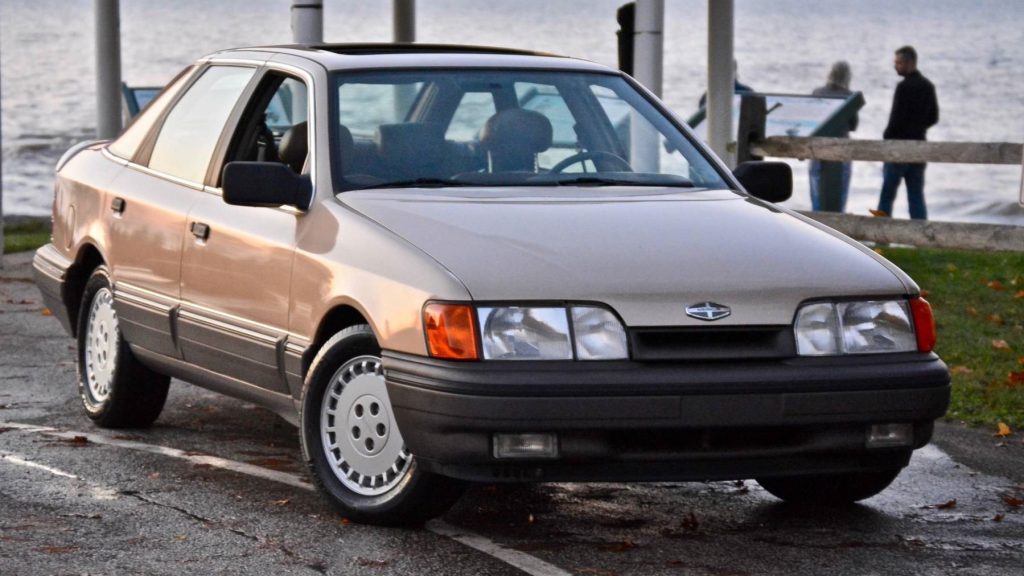
Merkur Scorpio
After updating the Merkur XR4Ti in 1987, the marque presented a new car in the next year. The Scorpio would slot between the Mercury Sable and the Lincoln Continental while being, once again, sportier than both. Merkur claimed it was designed from the inside out to offer exceptional room and comfort even in long trips. Besides, it offered amenities like automatic A/C, digital clock, fuel computer, and moonroof.

The Scorpio required fewer adaptations to USA’s regulations; even its 2.9L V6 engine was already in use there. The model received modified fog lamps, rear cladding to simulate full-width tail lights, and specific trim parts. Even though the European car had a sedan variation, the Merkur only used the notchback. In this case, all those models shared the same production line at Ford’s factory in Cologne, West Germany.
While the XR4Ti was focused on performance, the Scorpio aimed at refinement. Merkur boasted about its aerodynamic design and comfortable cabin while listing all its technical novelties. In fact, it became one of the first cars in North America to use ABS and four-wheel disc brakes. The 1980s zeitgeist appeared at the mentions to its electronic systems; they optimized everything from the V6 engine to the production line.
What happened to this brand?
Merkur was focused on North America, so its sales potential was limited by design. The biggest problem, however, was the unfavorable exchange rate between the dollar and the Deutschmark. Prices became too unstable and especially high; in 1989, the Scorpio’s prices were comparable to those of the much fancier Lincoln Town Car. Unfortunately, its content and appearance placed it much closer to the Mercury Sable.
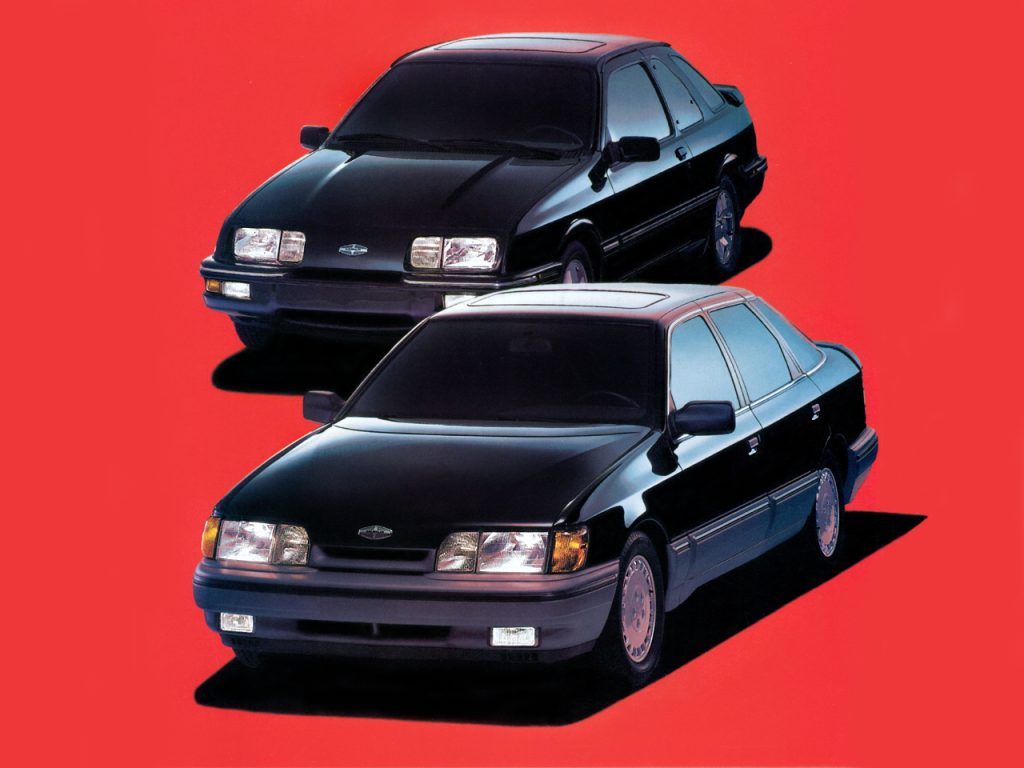
Parallel to that, there was a problem with future regulations. Ford would need to upgrade both cars with either airbags or automatic seat belts, which not even the European cars had. Merkur’s sales were just too low to justify the investment. The brand ended its activities by the end of 1989 and, with that, became the second shortest-lived in Ford’s history, losing only to Edsel. The Scorpio did not even turn two years old.
In Europe, the Sierra was replaced by the Mondeo in 1993 while the Scorpio reached a new generation in 1994. The North American branch, in turn, made do with the other brands. We can say that the Probe was a fitting replacement to the XR4Ti’s sportiness while keeping distance from the Mustang. The Scorpio, on the other hand, was indirectly replaced by the Sable once it received a comprehensive facelift in 1992.

Frequently asked questions
The turbocharged engine made the car go from 0 to 60 mph in 7.4 seconds. The top speed is of 129 mph.
42,464 units from 1985 to 1989. That fell short of Merkur’s expectations of 15,000 cars per year.
Yes. The original project featured rear-wheel drive as standard and some variations used all-wheel drive. The XR4Ti used only the former.
The model had a facelift in 1988 but it did not help its sales figures. Ford eventually decided to end the whole Merkur brand in the following year.
Ford created the whole division in the 1980s. The Merkur XR4Ti is a direct derivation from the Ford Sierra which the company sold in Europe at the same time.
Danillo Almeida has explored his passion for cars in two distinct ways. The first one is his graduation course in Mechanical Engineering, which will hopefully lead to a job position in the field. The other one is expressing his knowledge and opinions on the matter through writing. Almeida has already contributed to blogs, stores, and websites in general writing automotive content in many formats.

